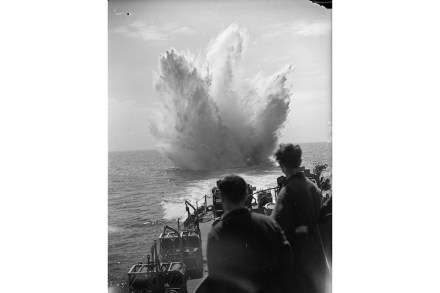How the myth of Paris liberating itself was born
The liberation of Paris in August 1944, two months after D-Day, was one of the most highly publicised victories of the second world war, although it was of no military importance. General Eisenhower, the supreme Allied commander, originally planned to bypass the city altogether but was persuaded by General de Gaulle to allow the tanks of the French 2nd armoured division (the famous Deuxième Division Blindée – 2eDB) to lead a diversion into the city, backed by American infantry. De Gaulle claimed that he was concerned to avoid the danger of a bloody insurrection led by the communist Resistance. His real concern was less about bloodshed than his future political


